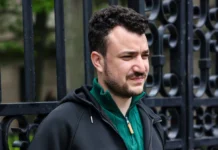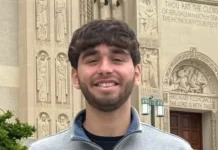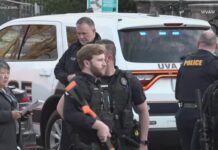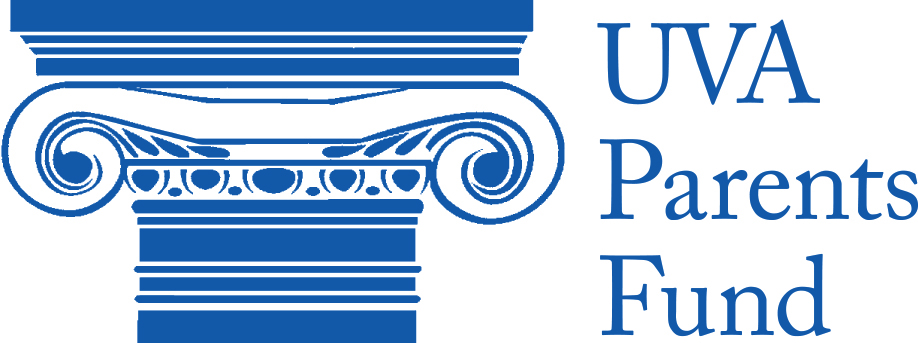In 1838, while experiencing financial troubles, Georgetown University is known to have sold 272 men, women, and children in the slave market. Slave labor was also used in Georgetown’s earlier days to construct many of the buildings on campus and to assist in the upkeep of the university.

Now, in redress, Georgetown will be offering preferential admissions status to any applicants who can prove that they are the descendants of slaves whose sale or labor benefitted the university. DeGioia also promised an institute for the study of slavery and memorial to commemorate the slaves kept and sold for Georgetown’s benefit.
“As a community and as individuals, we cannot do our best work if we refuse to take ownership of such a critical part of our history,” DeGioia said, addressing the crowd gathered to hear him speak, “We must acknowledge it.”
Now the question of how to address a past linked with slavery is posed to many of the nation’s oldest institutions, including UVa. Slaves were an integral part of the construction of the Academical Village. In 1838, the same year the 272 slaves were sold by Georgetown, two UVa students assaulted Fielding, the ten-year-old slave of Professor Bonnycastle. The Rotunda featured the first public raising of the Confederate flag over Virginia, and slavery persisted on Grounds until the end of the Civil War resulted in its abolition nation-wide. Unmarked slave burial sites have been discovered ever since, with the largest, adjacent to the University cemetery and featuring sixty-seven grave shafts, unearthed only in 2012.
In April 2013, Dr. Marcus Martin, Vice President and Chief Officer for Diversity and Equity, suggested the formation of a commission to explore slavery’s place at UVa, which resulted in the inception of the President’s Commission on Slavery and the University. This commission has revamped efforts to recognize the University’s dark past with slavery. Last year, a new dormitory was named the Gibbons House in honor of two former slaves at UVa, Isabella and William Gibbons.
Asked about the University’s current steps to make amends for its history of slavery, University Spokesperson Anthony P. de Bruyn said, “The [President’s Commission on Slavery and the University] is currently pursuing to erect a physical monument to commemorate contributions by the enslaved at UVa.” A consultant has been selected to design the monument.
de Bruyn also commented on the existence of an endowed scholarship and the Perkins scholarship at UVa, both designated for residents of Charlottesville or the surrounding area who are descended from American slaves.
No mention was made of plans for preferential admissions status like that promised by Georgetown.
















